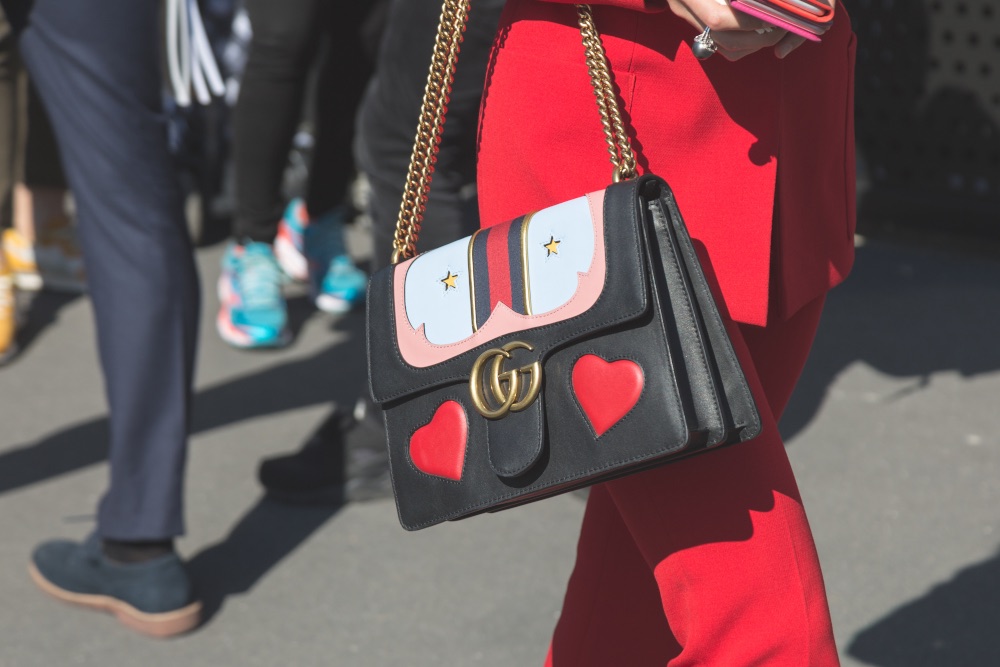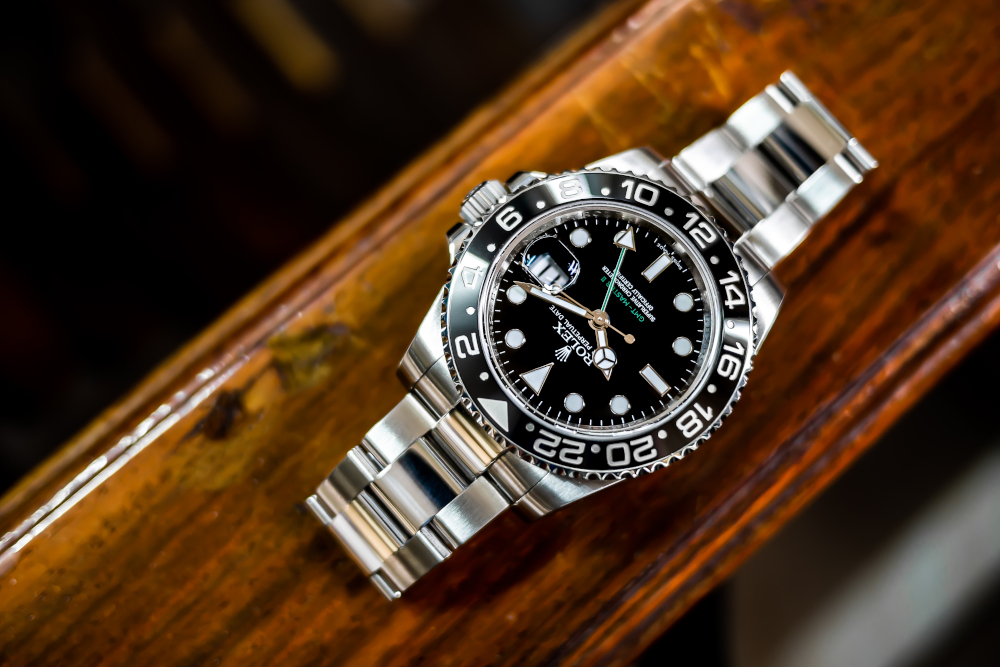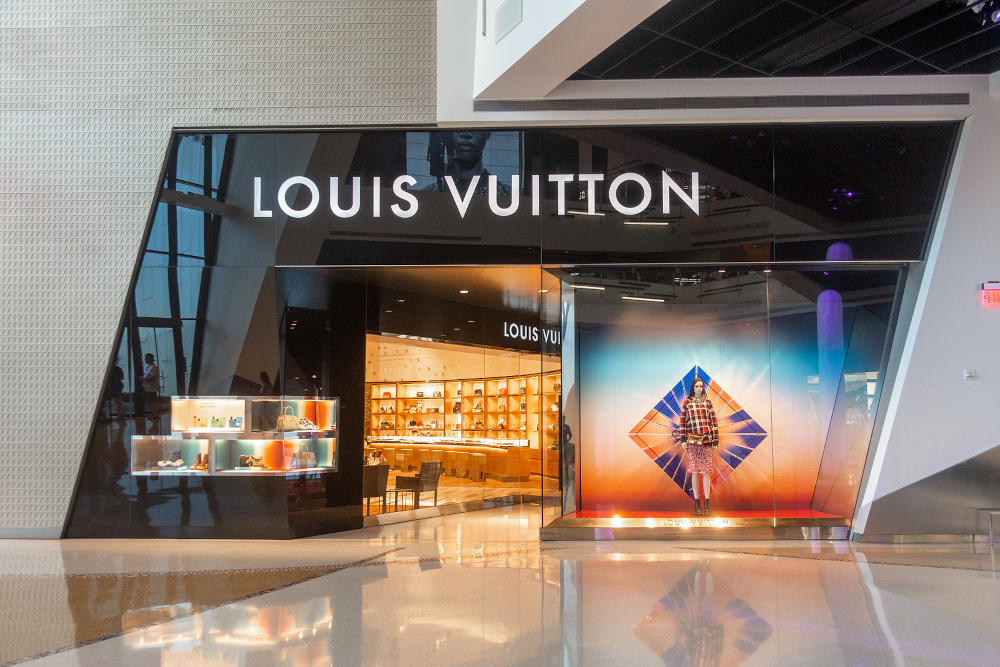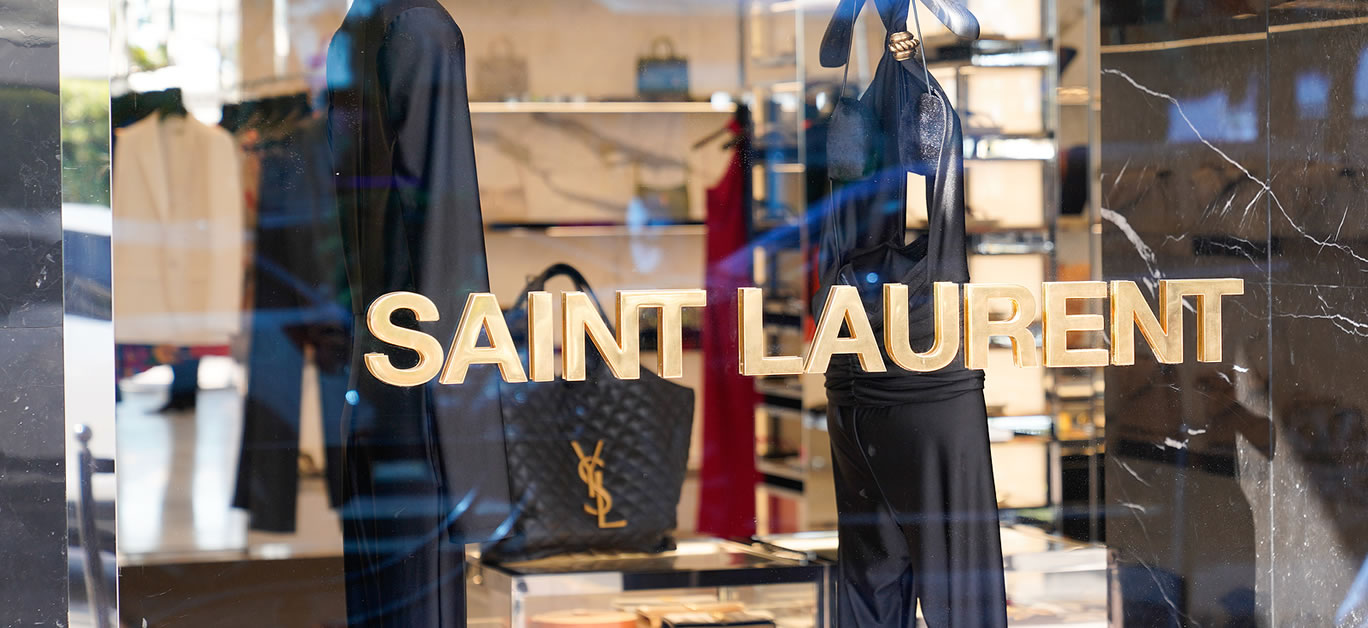Cultivating a brand that exudes luxury and status is like weaving together a fine piece of tapestry. Every last fibre needs to play its part to create a larger, well-crafted piece that captures the essence of your brand in a stylish and appealing way. Why? Because within that carefully crafted fabric lies the potential to create a brand that’s exclusive, financially viable, and stands out in an exceedingly prosperous market.
In fact, that’s something of an understatement. The luxury goods market pulled in a staggering 14.58 billion EUR in the United Kingdom alone last year. And if you’re a business looking to dip your toes in that exclusive marketing pool, you’re going to have to weave in that aura of luxury from the very beginning to reap the benefits.
Here’s how you can create the ultimate luxury brand to achieve those goals.
Identifying who you want to attract
Fundamentally, you’ll be aiming for affluent customers with disposable income and a taste for the finer things in life. But finding a niche that’s attractive (and financially sustainable for your business) to entice these people over to your business will require some deeper research.
Before moving forward, ask yourself the following questions:
- Who is your ideal customer?
- What do they earn per year?
- What age range are they within?
- Which other luxury brands are they following on social media?
- What do they perceive as a luxury?
- How can your brand align with those perceptions?

Understanding what they like in a brand
While it’s always beneficial to have a niche you can highlight in your marketing, it’s also important to nail down what your ideal customers like in a luxury brand. Catering to the emotions and desires of your target audience casts a wider net without damaging your brand in the process.
Look over the five points below, and assess whether your brand is showcasing any (ideally all) of them in your marketing plans.
- Status
- Exclusivity
- Scarcity
- Heritage
- Craftmanship
Accentuating those points in your marketing
When you know what your ideal consumer looks for in a brand, you can begin to craft the story of your business alongside this key information.
Aspirational people tend to gravitate toward luxury brands, and if your business started with nothing and worked its way up to being the exclusive entity that is today, don’t be afraid to showcase it on your website.
Leveraging those points to stand out from the competition
Is the craftsmanship of your product something that no other brand can come close to? What’s the story behind the item? Is there some sort of hierarchical value behind it?
If you can accentuate these unique selling points in your marketing, you’ll be able to further stand out from the competition and strengthen your reputation in the process. This is where utilising influencers can come into play, as they’ve already earned the trust of a dedicated audience.
Luxury branding and social media
You’ll need to think of social media as an extension of your brand. It requires attention and care to cultivate the right growth. Elite brands market themselves through the same platforms as everyone else, including:
- TikTok
And to maintain the value of your brand, you’re going to have to hit the following four pillars of social media marketing to achieve your goals.

Consistency
Brands are expected to post regularly on all social media platforms. You may think that posting sporadically will help to maintain that air of luxury and exclusivity. But it will actually have the opposite effect.
Poorly maintained social media accounts will only breed mistrust and uncertainty with your target audience, as they’re used to brands being present online.
Remember that regularly posting content that hits the key selling points of your niche to your target audience helps to develop trust and brand loyalty. But also, be sure to remain consistent with the following details for each post:
- Brand colour patterns
- Brand fonts
- Angles for images
- Aspect ratios
Combine all of these aspects and set up a content posting calendar. Set aims for the number of followers you’re looking to gain at the end of each month.
Accuracy
Social media has created something of a double-edged sword in marketing. You have the opportunity to reach people who are actively searching for a luxury product or service, but your brand is also under far more scrutiny than ever before.
There’s no room for error here, and each post needs to be in line with your overall mission and completely free of spelling and grammatical mistakes. And when it comes to posting incorrect information, poorly constructed sentences, or other inconsistencies, they can happen more often than you think.
Visuality
Despite what may have been weeks or months of planning and strategy, the perception of your brand can be destroyed in seconds if you aren’t exuding luxury in each and every post.
The visual aspects of marketing have permeated through all social media channels, allowing brands to master their image branding to capture the right audience’s attention.
If your target customer is scrolling through Instagram for example, and a sea of images are rushing past them on a daily basis, how are you going to visually present your goods to make them stop and take notice?

Interactivity
A luxury business doesn’t have to be cold and distant with its interactions online. Don’t be afraid to like and reply to comments on your posts, and help to build that rapport.
Hashtags can be effective, but use them in moderation. Stick to relevant hashtags and avoid ‘flash in the pan’ trends that may damage your image. Stick to five hashtags or so to avoid the perception of being spammy. It can reek of desperation for an exclusive brand to wedge in as many hashtags as possible.
Luxury branding and internal departments
While the above pillars of a luxury brand are an integral part of the marketing process, several internal departments will need to embrace these same ideals in order for the rich tapestry of your business to reach its full potential.
Strategy and marketing may be what enticed a consumer to discover your business, but are your technological, financial, and administrative departments representing your brand with the same pedigree you’ve established in your marketing plan?
Administration
Whether you’re a brick-and-mortar venture or an online brand, any member of staff who greets a potential customer or responds to an enquiry is a representative of your business. As representatives, they’re expected to remain polite, helpful, and well-presented (in the case of physical stores) at all times.
Accounting
If you’re targeting affluent consumers with money to spend, then your business needs to have a robust finance team with innovative modern tools at its disposal. From providing a purchase order number to a supplier to confirming payments, speed and accuracy are paramount to customers who are used to the very best service.
Technology
A badly managed website with a poor loading speed makes your brand appear slow and outdated before a consumer even hits your homepage. Focus on creating a user experience that’s easy to navigate, informative, and most important of all – fast.

Tease limited amounts of availability
While it may sound counterintuitive to the idea of giving customers what they want, try to stick to the principle of ‘once they’re gone, they’re gone’ when it comes to your goods or services.
Have you ever been desperate to buy something and missed the window? Did you constantly return to the website and check their social media for updates about whether it’ll be in stock again? It’s something akin to that, but with some added brand identity benefits. After all, the true equity of a luxury brand lies in that small window of opportunity for consumers to be a part of that elite club you’ve expertly crafted in your social media posts.
Think of it as the opportunity to get that last stamp of luxury and reinforce your business as part of the upper echelon of your respective industry. And once your target market perceives you in this way, you’ve snared that perfect consumer base for your company.
Creating strict marketing guidelines across the board
All of the above methods help to shape your brand into the measuring stick for luxury and exclusivity in your respective market. But maintaining that carefully planned identity requires a comprehensive brand guideline for your business to adhere to.
In your brand guidelines, you’ll need to include clear and specific information regarding the following:
- The tone of your brand.
- Three words that summarise the personality of your brand.
- Designs and colour choices for your website, landing pages, and other ads.
- A list of words and phrases that people aren’t permitted to use.
- A checklist that everyone must look over before representing your brand.
Think of it as your brand bible that every last employee (including any freelancers) must abide by in order to keep your company at the forefront of opulence and continue to entice customers who prefer to give their business to the absolute cream of the crop.






















